Text and Photos by Henrylito D. Tacio
Additional Photos courtesy of Harry D. Morris
If Harry D. Morris rings a bell, it’s because this British-Filipino guy is part of the Philippine Volcanoes. As a national-level rugby player, he is known for his skill on the sports field. But what most Filipinos don’t know is that he is a marine biologist and entrepreneur, passionate about preserving Davao Gulf, one of the most diverse marine ecosystems in the world.
Morris created the Trinity Project in November 2016 at the Banana Beach Resort, one of the business endeavors of Hijo Resources Corporation in Tagum City, Davao del Norte. Initially, he was thinking of rehabilitating only 200 square meters. But as months passed by, more areas were added. Today, it occupies over 150 hectares of terrestrial area, including 67 hectares of rainforest and 120 hectares of coastal (20 hectares of mangrove forest, 80 hectares of seagrass meadows, and 30 hectares of coral reef habitat).
“This large area and all its challenges is managed daily by only a small team (reduced due to the pandemic) supervised by our project leader, Joselito Chavez,” Morris says.
There’s an interesting story on how he got involved in the project. He was attending a tourism conference in General Santos City, where he was one of the resource persons. It so happened that Rosanna Tuason-Fores, Hijo’s chief executive officer and president, was also there.
They talked, and during their conversation, he found out that she was looking for someone who could help her rehabilitate the coastal area of Banana Beach Resort. It so happened that he was also looking for such an endeavor. The rest, as they say, is history.
It is called Trinity because it involves the three coastal ecosystems: mangroves, seagrasses, and coral reefs. “The coastline is in urgent need of protection from erosion,” he explains. “Coral reef structures will help break and disrupt wave energy below the surface. The seagrass meadows will buffer the wave energy against the sediment and slow down the movement of the water. The mangroves will dissipate the wave energy with their prop roots, pneumatophores, and trunks before the wave reaches the shore.”
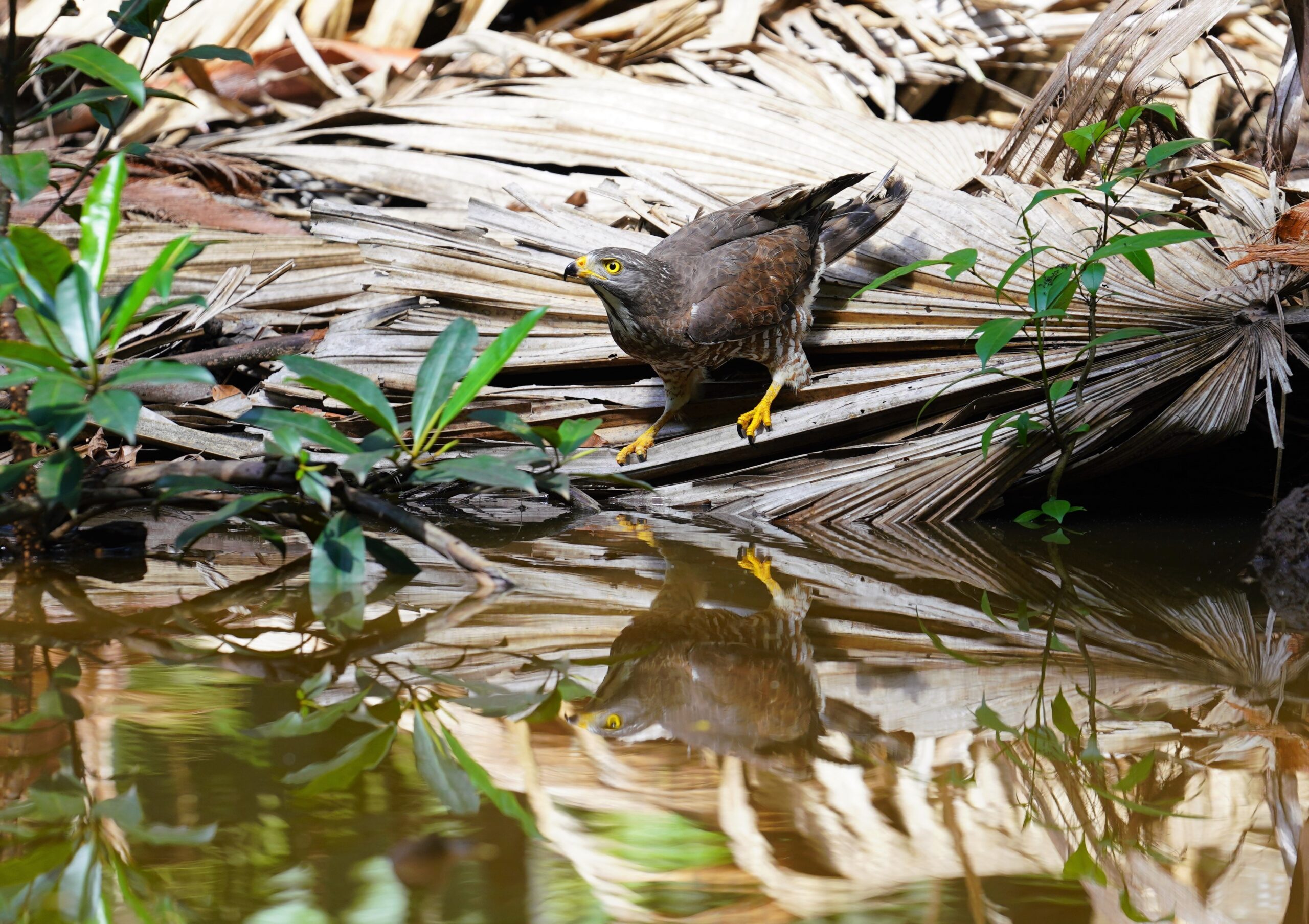
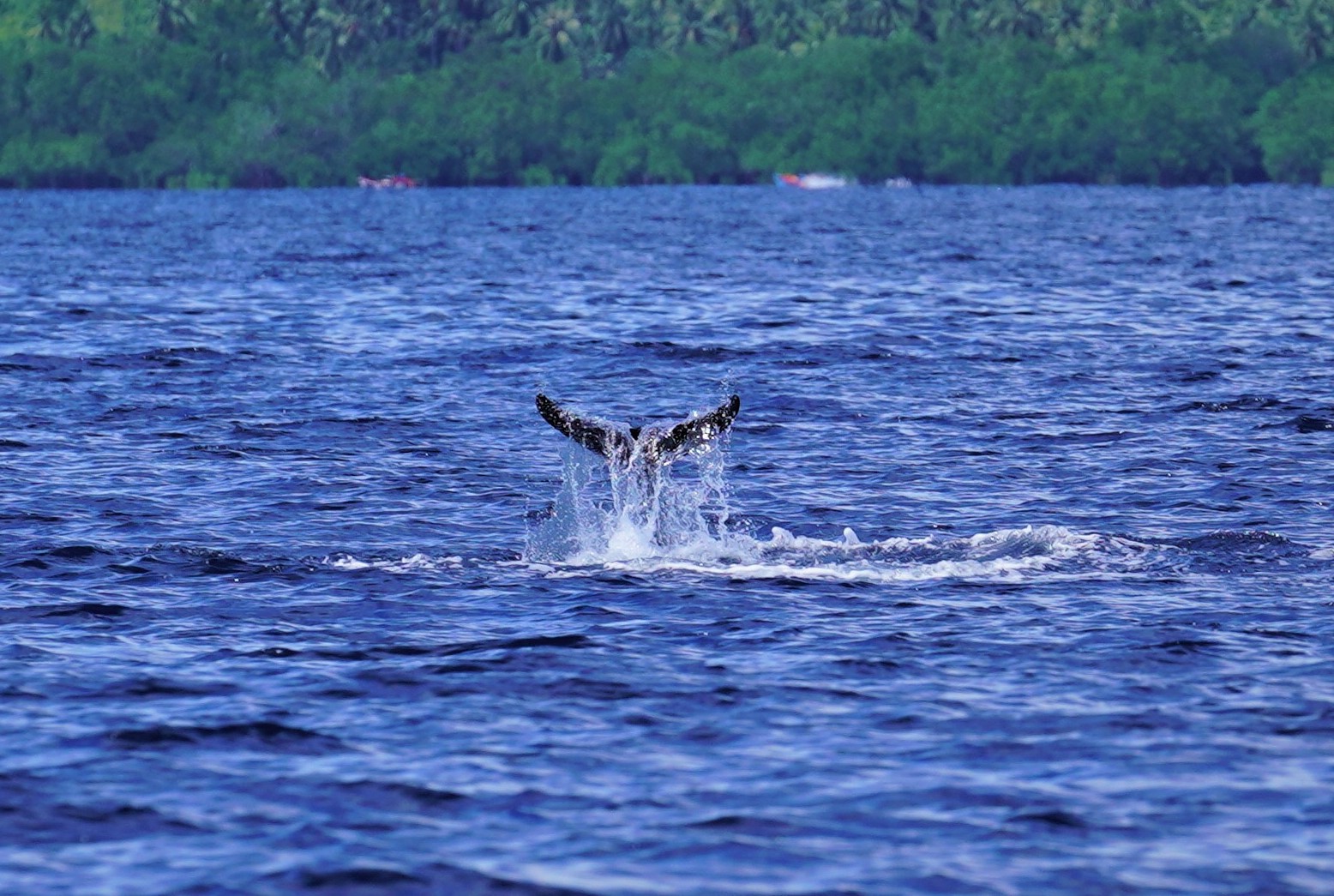
More importantly, the ecosystems of the Trinity project are among the most diverse and productive types on the planet, producing and sustaining huge biomass in terms of fish, invertebrates, sea mammals, plankton, and birds. It is also crucial for capturing atmospheric carbon from the air and water.
Just recently, this author received a communication from him stating that he is doing some “scientific partnerships” with University of the Philippines-Mindanao (UP-Min), University of Mindanao (UM), Mindanao State University (MSU) – Marawi, and University of Southeastern Philippines (USEP). In addition, he is collaborating with some institutions abroad.
“There are multiple studies being carried out in our forest,” he says of the 67-hectare forest, which is home to wild pigs and monkeys. “Our coastal area has been declared a marine protected area (MPA),” he continues, adding that he is also involved in the hiking program being done at Mount Hamiguitan and other locations in Davao Oriental). Last month, he commissioned a group that conducted whale and dolphin surveys in Davao Gulf.
But that’s going ahead of the story. “With the academe, we have several ongoing scientific studies within the Hijo Property, such as the one-year long biodiversity study in partnership with UP-Min,” he says.
The study is to determine the diversity of the fauna and flora within the project’s rainforest and compare it to the study carried out by the Department of Environment and Natural Resources (DENR) in 2010. “Every one to two months, we host a team of scientists who, for three days and nights, will search the forest in organized transects to find mammals, birds, reptiles, amphibians, plants and trees,” he says.
Included in the study are specialized teams who are looking for and identify plants and trees containing medicinally important compounds. “Since the last site visit, I believe there were over 70 compounds found, which can be synthesized to help in the treatment and potential cures for a variety of ailments, including – but not restricted to – cancer, high blood pressure, and diabetes,” Morris says.
The wild pigs living in the forest were not spared from the African swine flu (ASF); in fact, there was an incident where an entire wild boar population was wiped out within a space of two weeks.
“The ASF disease is believed to have been introduced by poachers attempting to trap wild boars, and they were carrying it either on the soles of their shoes or within infected meat they used to bait the traps with,” Morris surmises. “As this disease is very fast acting, the attempts to isolate infected populations was unsuccessful, and approximately 250 individuals died rapidly.”
The Provincial Environmental Natural Resources Office (PENRO) and environment department is tapping the Hijo as the place where wild animals caught in Tagum are released into the forest.
“Due to the proximity of human developments and natural environments such as pocket forests and water bodies, it is quite common for wildlife and humans to interact,” Morris says. “Often, it doesn’t end well for wildlife, and it’s common for them to become injured or die from things like traffic collisions or being killed out of fear, in the case of snakes and some lizards. Sometimes the animal is also captured and kept captive as a ‘pet.’
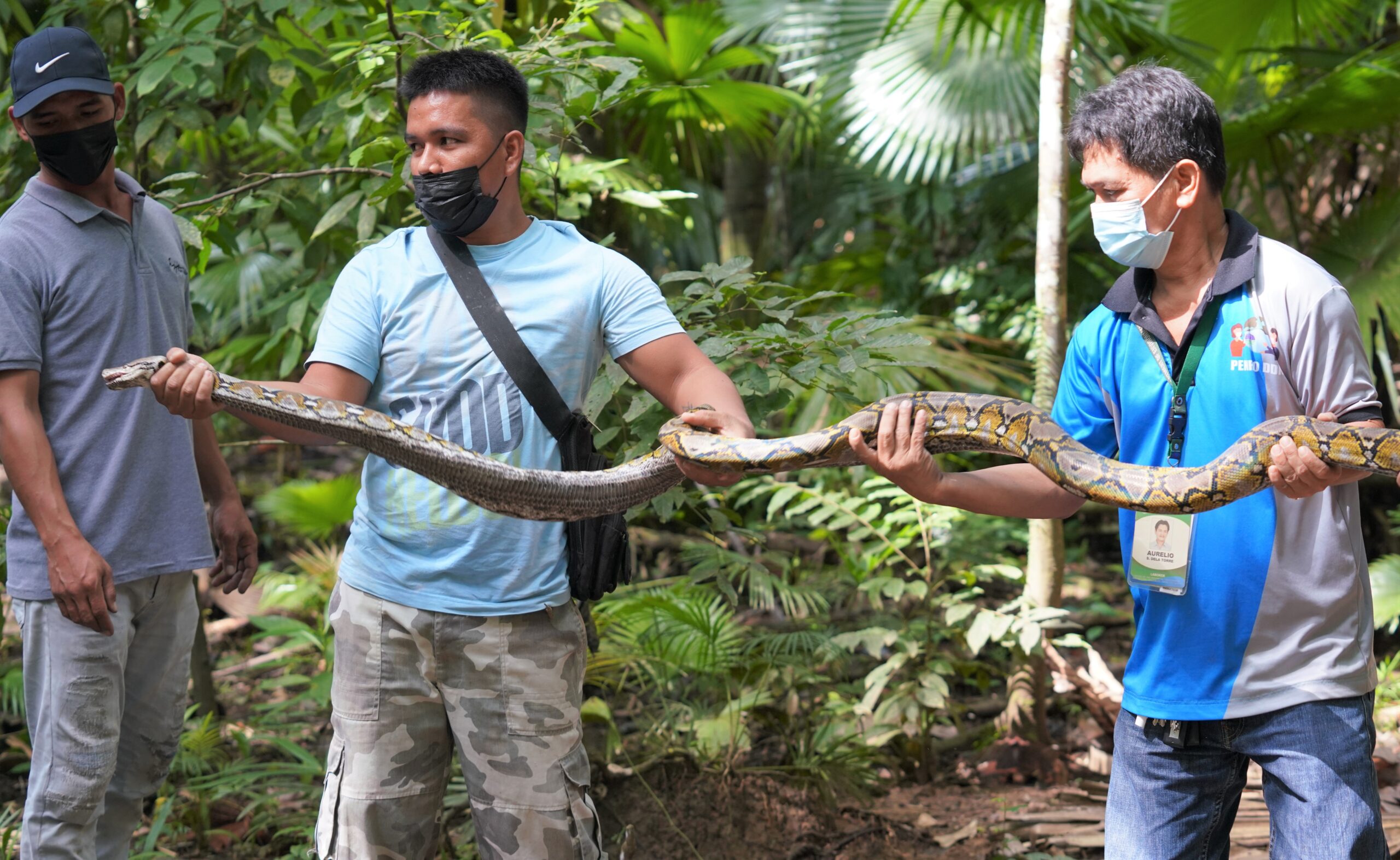
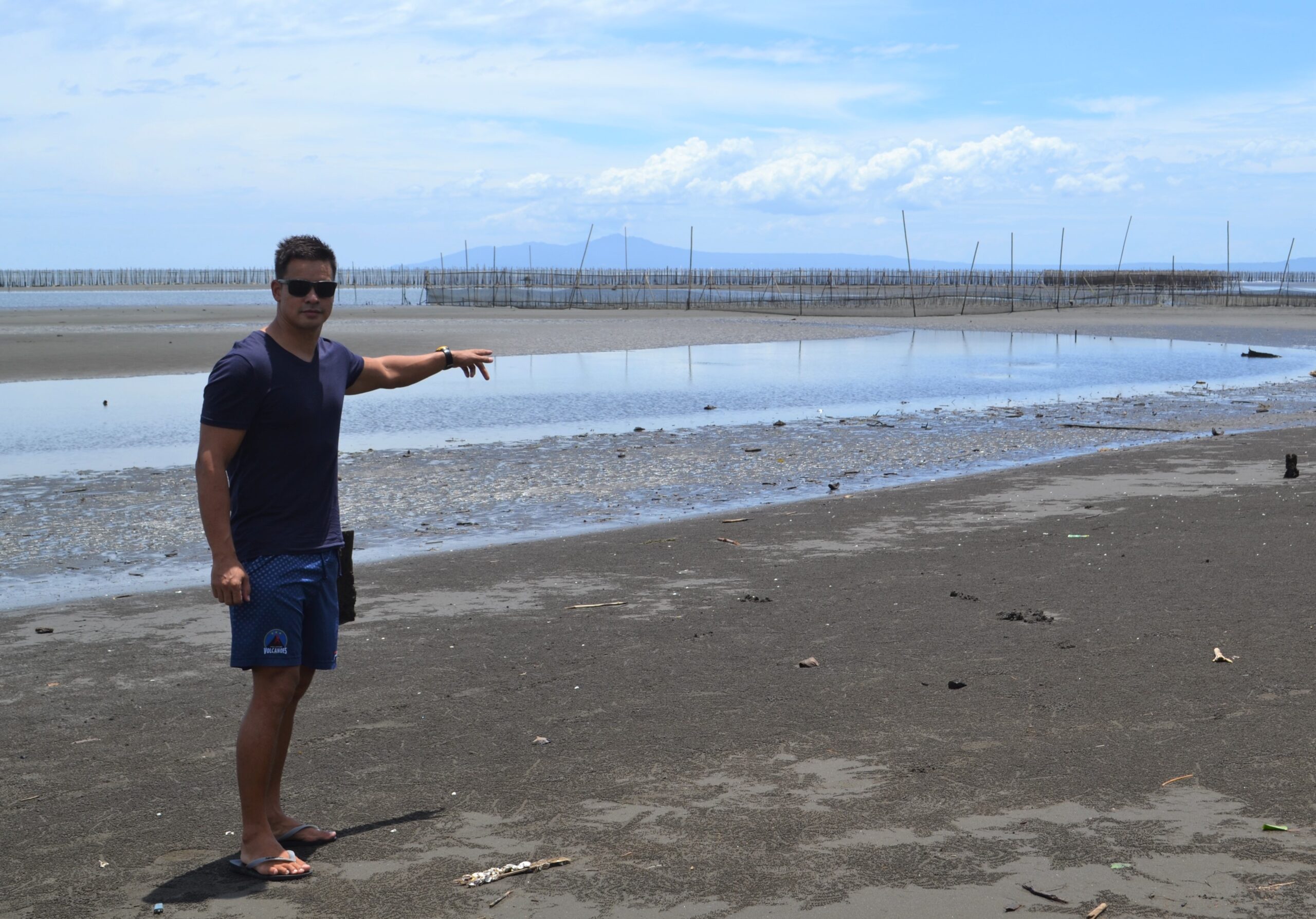
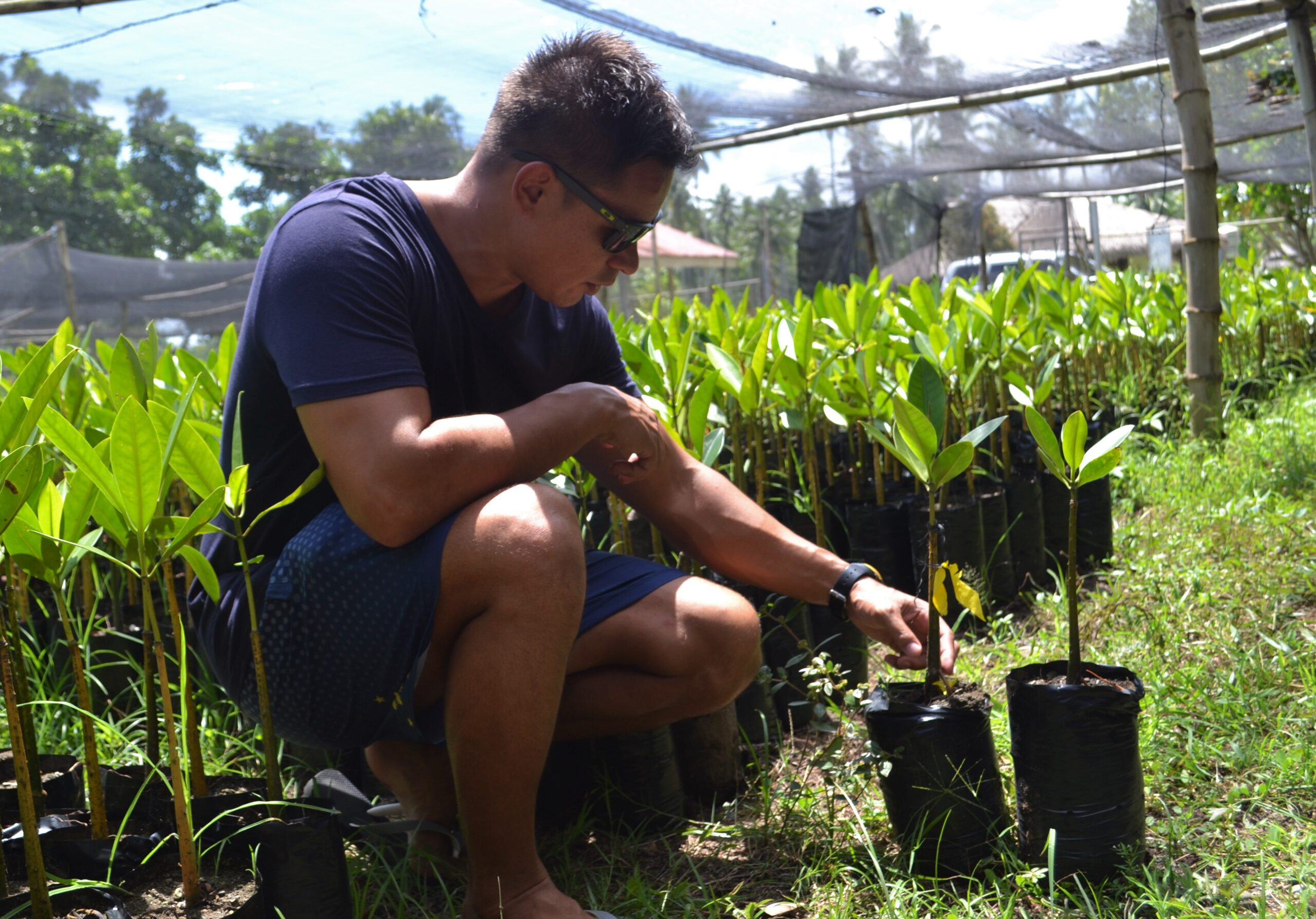
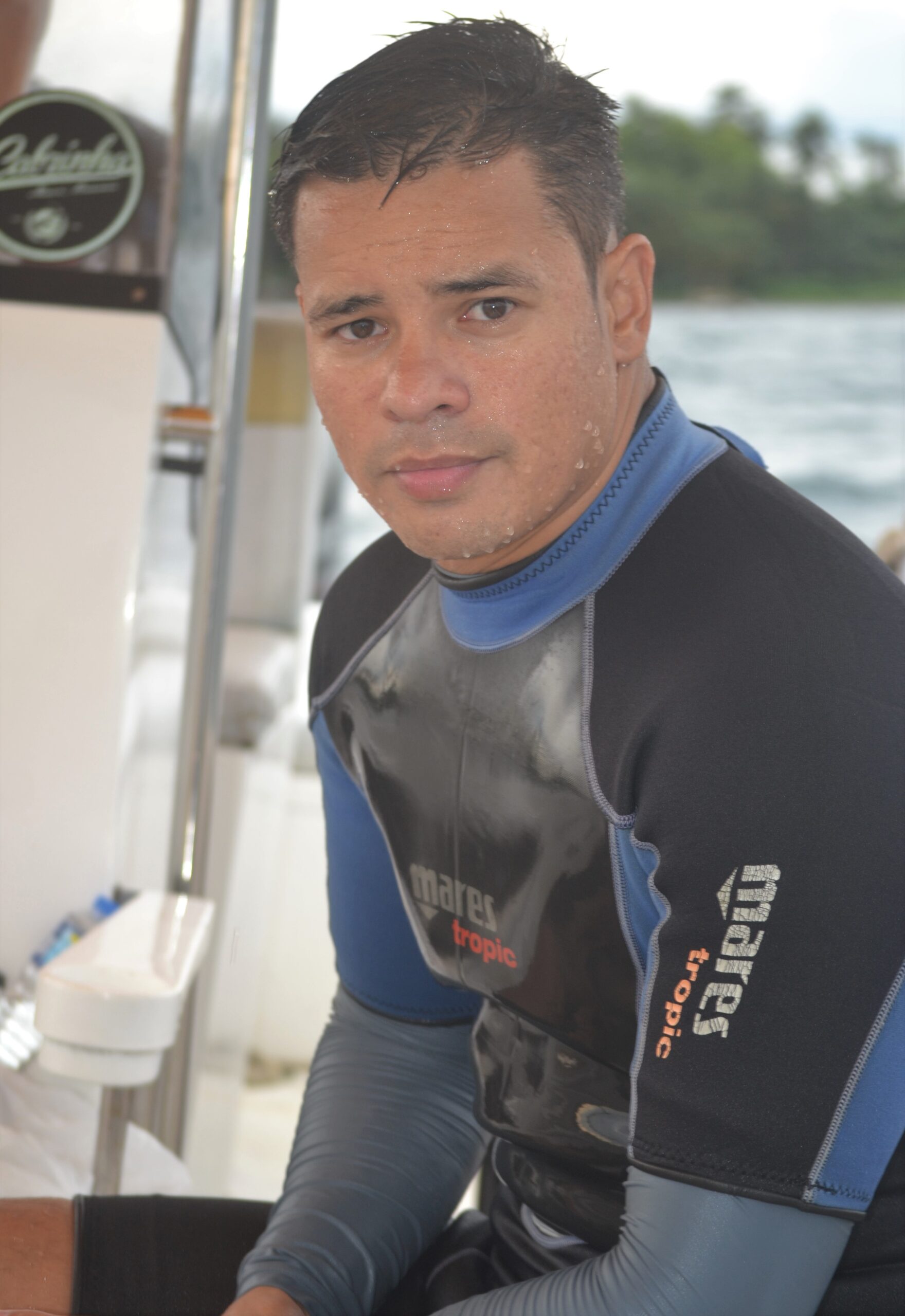
“We are working closely now with concerned environment departments to encourage the public to hand in these animals to their office or alert them of their location,” he says. “They can then be brought into a temporary area and assessed by the city veterinarian for injuries or illnesses. Once the animal is deemed fit and healthy again, then they are turned over to my team at Hijo, will undergo a period of acclimatization and will then be released into our protected rainforest area.”
The Hijo Rainforest is situated within the 300-hectare leisure area, which has two rivers (Libuganon and Madaum) that provide natural, protective boundaries for the birds and animals to live peacefully, with minimal disturbance by people.
“We are proud to be the owners and managers of this pristine environment and are fortunate for its close proximity to the city,” Morris says. “When we do a release of several animals, we’re happy to document and invite guests to participate in this heart-warming event.”
In 2021, Morris started a pilot programme for internships – in relation to any course within environment and agriculture fields – under The Trinity Project. “My intention was to assess the feasibility of hosting students for extended periods of time at Hijo, checking to see whether we fill the criteria of local and international universities,” he says.
“I also needed to be confident that we can ensure the experience the student has whilst in Hijo will be beneficial, enjoyable and will contribute to their course in terms of credits and/or course objectives,” he continues.
The first internship student was a female American student who is majoring in environmental studies from the University of Oregon. She stayed at the place for over two months. “This internship was a major success, with our intern performing very well,” Morris says. “She was able to achieve three credits towards her degree in Oregon, became a certified Scuba Diver, and learned many new skills that will prove useful in the working environment.”
The success of the said internship has led to the launch of the internship program. It also helped pave the way to create what he calls “science tourism” as a future activity. Here, “a group of students can do internships from abroad or their thesis in Hijo for several weeks, compiling data that can be shared and published worldwide. Nature and the environment is a resource that can be tapped sustainably in the pursuit of science and knowledge.”
The coastal area where the Hijo is located has been declared by Tagum City Environment and Natural Office an MPA since last year. MPA is a section of the seas where a government has placed limits on human activity. Hijo, and its CENRO and Coastguard partners can now enforce restrictions locally.
“The reason for this is because the target area was historically – in the 1970s and 1980s – a very rich seagrass meadow, which is incredibly important for the marine species thriving at the Davao Gulf,” Morris says. “Eggs of fish and invertebrates are laid in seagrass meadows, affording them protection at a young larval stage. This environment helps protect them and allow them to reach reproductive age, ensuring fish stocks and populations for the future seasons.”
According to Morris, the seagrass meadow area was constantly targeted by illegal bottom trawling fishermen in the past. “The poaching activity posed the biggest challenge for me when I began replanting patches of various seagrass species in this area,” he recalls.
“These poachers use a destructive method of fishing, by attaching a heavy metal V-shaped wedge to the bottom edge of their net. This weight is then towed behind the back of their boats at slow speeds causing the metal wedge to dig a few cm into the sediment and drag the seabed. During this motion, the wedge-shaped weight will dislodge anything in its path. These fish and invertebrates such as shellfish, crustaceans and octopus will then be thrown up and caught by the attached net. Obviously, this method destroys and disturbs anything growing on the sediment and scrapes away any root systems of seagrass, as well as disconnecting any algae or corals, leaving the area barren and loose.”
Speaking of marine species, Morris’s whale survey was conducted from May 10 to 14 this year. “It was a tremendous success,” he says of the survey, which was done in collaboration with Balyena.org and Marine Wildlife Watch Philippines (MWWP).
MWWP’s whale conservationist Elson Aca and colleague Ari Barcelona designed the survey and transect points. Also part of the team were the CENRO partners from Tagum, the Philippine Coastguard, ProDive boat with their ever dependable crew, and French free-dive expert Jean-Luc Tulliez.
“We started day one from Hijo, and in a zig-zag pattern went all the way down the coastline to Cape San Agustin, around the peninsula where we covered a few more kilometres on the Pacific side,” Morris reports. “We experienced 18 sightings with nine species of cetacean over the four days at sea, covering 514 kilometers, and can add this valuable data to the historical Davao Gulf data, which previously had recorded only 11 species of cetacean.
“The Davao Gulf can now boast 17 species, which puts it up there as one of the most diverse areas for cetacean sightings in the country,” Morris says.
The nine species sighted were: Fraser’s dolphin, Pygmy Killer whale, Short-finned pilot whale, Dwarf sperm whale, False Killer whale, Melon-headed whale, Pantropical spotted dolphin, Bottlenose dolphin, and Pygmy sperm whale.
Some of the other cetaceans not sighted during the four-day trip but have been seen on other surveys and on boat trips include the Sperm whale, Cuvier’s beaked whale, Spinner dolphin, Risso’s dolphin, and Orca.
“It may be a bit early to say now but the more data and studies we have of the large and charismatic sea life creatures, then the more we will know about their movements and behavioral patterns, and then we can start developing some interaction activities” Morris says.
Meanwhile, Hijo will be opening up hiking products for its guests to experience, so they can include a more diverse range of activities for long-term guests and foreign visitors who would like to experience multiple types of natural attractions.
“We will be looking to showcase 4-5 different hikes of varying difficulties so we can cater to beginners as well as the more experienced.” Morris says. “During these hikes, tourists will be treated to a wide array of natural ecosystems, some, such as Mt. Hamiguitan being a superb example of a primary forest and World UNESCO site.
“It is a chance to allow people under safe supervision to immerse themselves in these environments and see unique fauna and flora first hand,” he continues. “We will be training the local guides on identifying and showing off certain plants and animals and arming them with the knowledge they can share that will help them talk to tourists both local and international.”
These and more activities will be added soon to make a visit to this part of the Davao region exciting and fun. “I truly believe we are situated in one of the most beautiful parts of the country, and due to some historical bad press, Mindanao is often overlooked as a destination,” Morris laments. “Which of course, does not allow much opportunity for the local economies to earn outside of fishing and farming.”
To those who want to help the Trinity Project, they can donate it through the Tuason Development Foundation, Inc., China Bank, Account Number: 272-0977-615.

